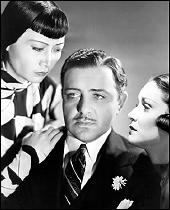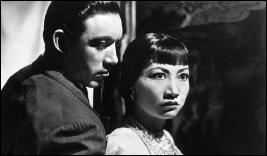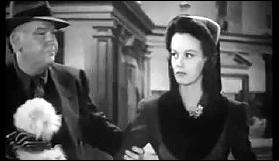Tue 5 Dec 2017
99 RIVER STREET. United Artists, 1953. John Payne, Evelyn Keyes, Brad Dexter, Frank Faylen, Peggie Castle, Jay Adler. Director: Phil Karlson.
Not a perfect noir film, but to me, it comes awfully close. John Payne plays a brooding ex-boxes who came within seconds of being the world champion, but because of a bad right eye, his life now revolves around driving a cab for a living and being driven to frustration by a wife (a luscious Peggie Castle) who wants more than a cab driver can give her.
No one dos better at brooding than John Payne, and with fists that are essentially lethal weapons, he at times is a powder keg of ager wothin seconds of going off. Not only does he find his wife is cheating on him, but another woman (the very beautiful Evelyn Keyes), her heart set on Broadway, asks for Payne’s help after she kills her producer at a late night “audition.” (There may be more to it than that.)
And so far I have not mentioned that Payne’s cheating wife is cheating with a guy (Brad Dexter) who has $50,000 worth of stolen diamonds, but whose fence (Jay Adler) won’t take them because in the course of the robbery, someone ended up dead.
As you may have concluded on your own, there is more to the story than can fit with comfort in 83 minutes of running time. That is the movie’s only flaw. Beautifully photographed, and well acted — no one does better as an everyday kind of guy at brooding than John Payne. But even better in another way is Evelyn Keyes, whose attempt at vamping the villain in a shorefront dive will have every red-blooded guy’s heart pounding like there’s no tomorrow.



